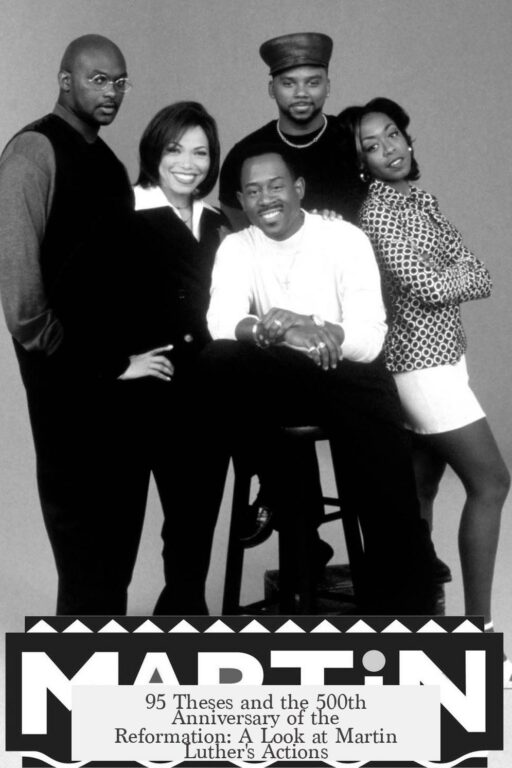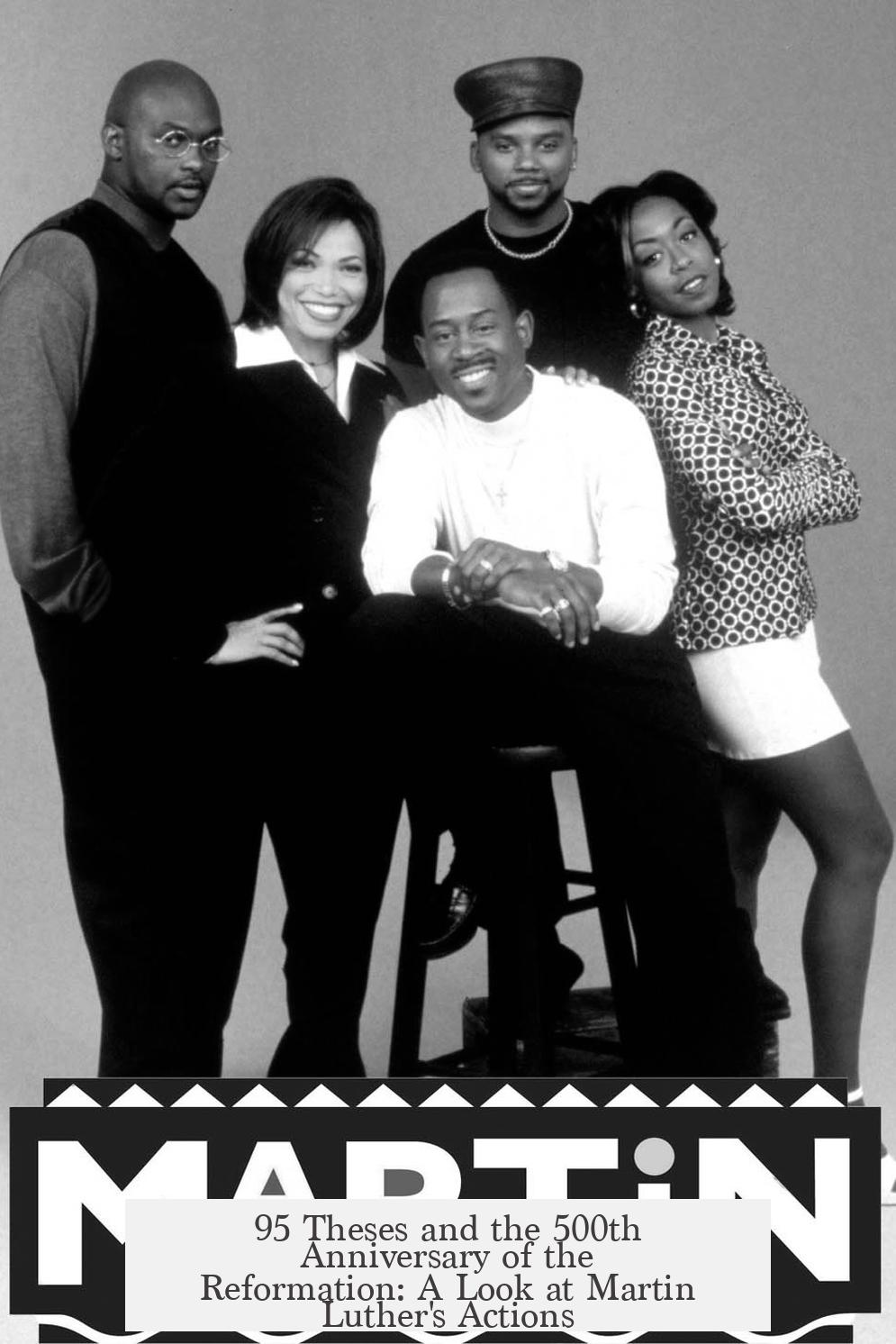The 95 Theses mark the traditional starting point of the Protestant Reformation, commemorated on October 31, 2017, as its 500th anniversary. Martin Luther’s document challenged the Catholic Church’s practice of indulgences, sparking a movement that led to significant religious changes across Europe.
On October 31, 1517, Martin Luther, a German monk and theology professor, wrote a series of 95 arguments criticizing several Church practices, especially the sale of indulgences. The popular story holds that Luther nailed these theses to the door of the Castle Church (*Schlosskirche*) in Wittenberg, inviting scholarly debate. However, historians debate whether this act happened exactly as described. What is certain is that Luther sent a copy to Albrecht, Archbishop of Mainz, and the text quickly spread across Europe due to the printing press.
Indulgences were central to the controversy. In Catholic theology, sin leads to both eternal guilt and temporal punishment. Eternal guilt is absolved through confession and Christ’s forgiveness. But temporal punishment still remained, which believers could reduce by performing penance or through indulgences. Indulgences drew on the “treasury of merit,” a pool of excess good deeds by Christ and the saints, which could be applied to lessen time in purgatory.
The timing of the theses aimed at the indulgence sales for All Saints’ Day pilgrimages in Wittenberg. Johann Tetzel, a Dominican friar, aggressively sold indulgences, famously claiming: “When a coin in the coffer rings, a soul from purgatory springs.” This commercialization and perceived spiritual corruption troubled Luther deeply.
Luther’s motivation was pastoral concern and genuine spiritual struggle, which he described as *Anfechtung*, or spiritual attack. He had committed himself fully to the Catholic system as a monk and scholar and even availed himself of indulgences. Yet he began questioning their legitimacy and theological foundations.
The 95 Theses were initially an invitation to open academic debate rather than a formal schism. Luther appealed to Church leaders, including the Pope, suggesting that if they knew about abuses by “pardon-preachers,” they would stop them. He aimed to reform, not to break away.
Politically, these theses challenged significant financial interests. The Archbishop of Mainz had purchased his position through a bank loan, repaid in part by indulgence revenues. Some believe Luther sent the theses partly to press the Pope to act and preserve Church unity by halting the abuses.
Importantly, Luther’s theology had not fully evolved by 1517. He did not yet preach doctrines like *sola fide* (justification by faith alone), which would later distinguish Protestant belief. Initially, he aligned with Renaissance humanist calls to purge corruption and renew the Church’s moral integrity.
The Reformation was gradual. Though October 31, 1517, makes a convenient symbolic date, Luther continued developing his ideas over many years. Key milestones include his 1520 treatises against Church doctrine, the 1521 Diet of Worms where he publicly defended his views, the 1522 German New Testament translation, and the 1530 Augsburg Confession, which clarified Lutheran beliefs as distinct from Roman Catholicism.
Today, the 95 Theses hold symbolic rather than theological importance. Modern Protestant theology does not focus on indulgences but views Luther’s writings as the spark that ignited broader religious reform. The Catholic Church still recognizes indulgences but has reformed their theology and practice, removing the sale and quantification that troubled Luther.
| Key Points |
|---|
|
Why is October 31, 1517, considered the start of the Reformation?
It marks the date Martin Luther is said to have posted his 95 Theses challenging the sale of indulgences. Though the exact act is debated, the document sparked a major religious debate across Europe.
What were indulgences, and why did Luther oppose them?
Indulgences were church pardons that reduced punishment for sins, sometimes sold for money. Luther opposed the financial abuse and questioned their theological basis in reducing time in purgatory.
Did Luther intend to break away from the Catholic Church initially?
Not exactly. He aimed to reform corrupt practices inside the Church and sought debate rather than schism. His 95 Theses criticized corruption but gave the pope the chance to stop abuses.
Why is the 500th anniversary of the Reformation celebrated if the Lutheran Church formed later?
The posting of the 95 Theses symbolized the start of questioning Church authority. The Lutheran Church officially separated later, notably around 1530 with the Augsburg Confession, but 1517 marks the Reformation’s symbolic beginning.
How did financial and political factors influence Luther’s challenge?
Indulgences funded church officials like Archbishop Albrecht, who purchased his position via loans. Luther’s challenge threatened these profits, showing his actions had both spiritual and political implications.




